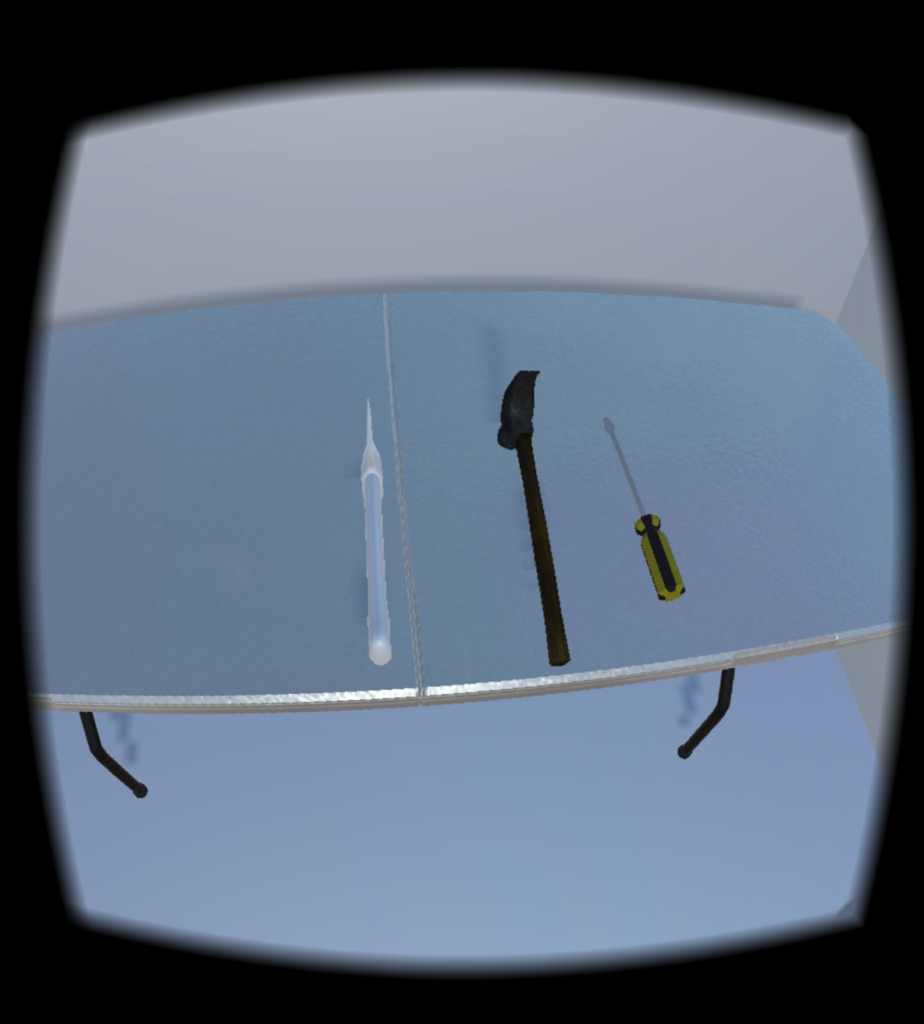Forensics Blood Room
Engine | Unity
Team Size | One
Duration | 1 &1/2 months

The forensics blood room is a simulation that I created back in my senior year of high school. In forensics class, the class was allowed to create anything that they wanted, as long as it pertained to forensics.
I decided to test my skills. So, I created a VR simulation of what it would be like to work in a “blood room.” That is where forensic analysists test how different weapons spray blood.
Google Daydream
For this project, I wanted to use an Oculus Rift headset, however, my computer wasn’t strong enough at the time to use the Rift. So, I had to make a change and use the Google Daydream instead. I had to learn how to set up Unity to be compatible with phone VR. I had to sync head and controller movements in game, and have buttons on the controller working to move the player.
First Time in Unity
The blood room was also my first major project in Unity. I had downloaded the engine a few months prior, but couldn’t find the time or motivation to sit down and experiment without an end goal. This project gave me a chance to do something I have always wanted to do, and have an amazing time doing it. Learning Unity was much less stressful than I anticipated, and was even fun. This ‘trial by fire’ was the best way to kickstart myself into pursuing a lifelong dream.
First Time in 3D
This was my first time working in 3D, and I kind of jumped straight into the deep end. It was hard enough to learn about Vectors, Quaternions, Gimbal Lock, and other 3D math parameters. And then encounter the additional problem of accounting for head and arm movement. The programming, environment, and even the editor are all drastically different in 3D. It can be overwhelming if it is your first time seeing 3D properties. In high school, I never learned 3D math, so, I had to teach myself using documentation, forums, and trial and error to see how certain things work.
